Goth Chick News: Following the YellowBrickRoad
 Sometimes I feel a Dorothy in The Wizard of Oz, only different.
Sometimes I feel a Dorothy in The Wizard of Oz, only different.
I do have a dog (three actually) but even the smallest one wouldn’t fit into a wicker basket and they’d treat Toto like a chew toy. The ruby colored shoes I own are not constructed for long distance walking and if you ever catch me in poufy sleeves and gingham, please just put me out of my misery. Chicago does get the occasional tornado, but it would be an exceptional storm indeed that could pick up my house and set it down on a fortuitous target that I’d never, ever equate to my mother-in-law, at least not in writing.
However, I do have a few really cool friends who are exceptionally good at introducing me to very interesting people. They are wonderful traveling companions, knowing precisely the types of twisted adventures I enjoy. And though I’ve never exactly met a Great and Powerful Oz, generally when I agree to go with them somewhere, the results are often adrenaline-rushing, sometimes heart-thumping, and every once in awhile, mind-blowing.
In this particular case, my traveling companions are Brad Miska from Bloody Disgusting and film makers Jesse Holland and Andy Mitton. And yes, there’s even a real yellow brick road; but in this case it pretty much leads straight to Hell.
Though Brad runs the world’s most popular horror website, we actually became acquainted in such a ridiculously normal way that I’m actually embarrassed. Somehow it seems that “Mr. Disgusting” and Goth Chick should have met in some underground S&M bar in Taiwan (not that I have any independent knowledge of said S&M bar).
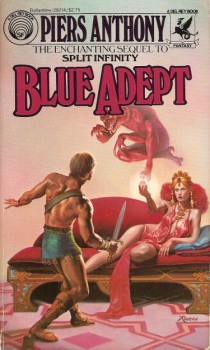
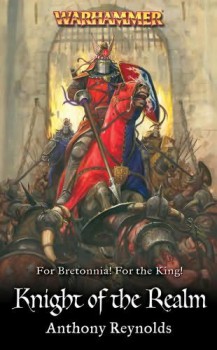 Knight of the Realm
Knight of the Realm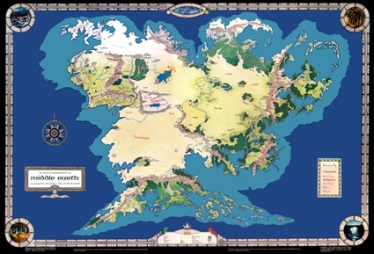
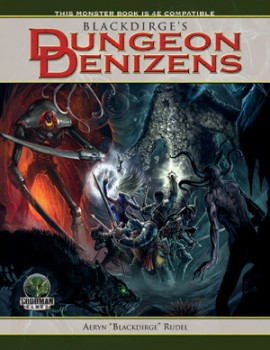
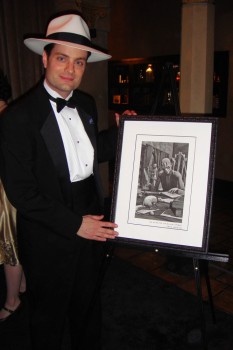
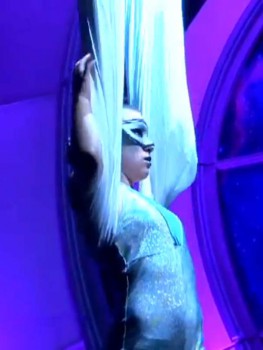 I have returned after a two-week hiatus from Black Gate. It was a — busy time.
I have returned after a two-week hiatus from Black Gate. It was a — busy time.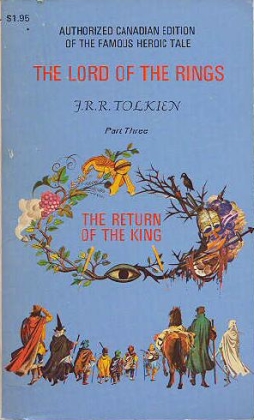 This is the third of three posts on The Lord of the Rings, prompted by a recent re-reading of the book. You can find the first post, looking at Tolkien’s sense of character,
This is the third of three posts on The Lord of the Rings, prompted by a recent re-reading of the book. You can find the first post, looking at Tolkien’s sense of character, 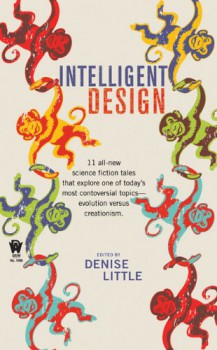 Intelligent Design
Intelligent Design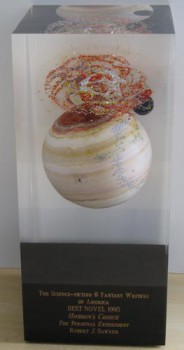
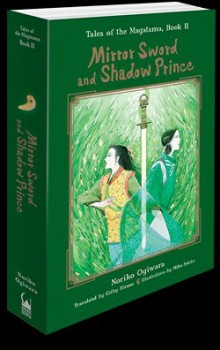 I bumped into the talented Nick Mamatas at the 2010 World Fantasy Convention and discovered that he was editor for the Haikasoru line of translated Japanese fantasy novels for Viz Media. I might be well-read in foundational sword-and-sorcery texts, but I was pretty uninformed about the fantasy of Japan, and what Nick had to say was quite interesting. I was especially curious about a series of books by Noriko Ogiwara, The Tales of the Magatama, which are hugely popular in Japan, and have won numerous awards.
I bumped into the talented Nick Mamatas at the 2010 World Fantasy Convention and discovered that he was editor for the Haikasoru line of translated Japanese fantasy novels for Viz Media. I might be well-read in foundational sword-and-sorcery texts, but I was pretty uninformed about the fantasy of Japan, and what Nick had to say was quite interesting. I was especially curious about a series of books by Noriko Ogiwara, The Tales of the Magatama, which are hugely popular in Japan, and have won numerous awards.